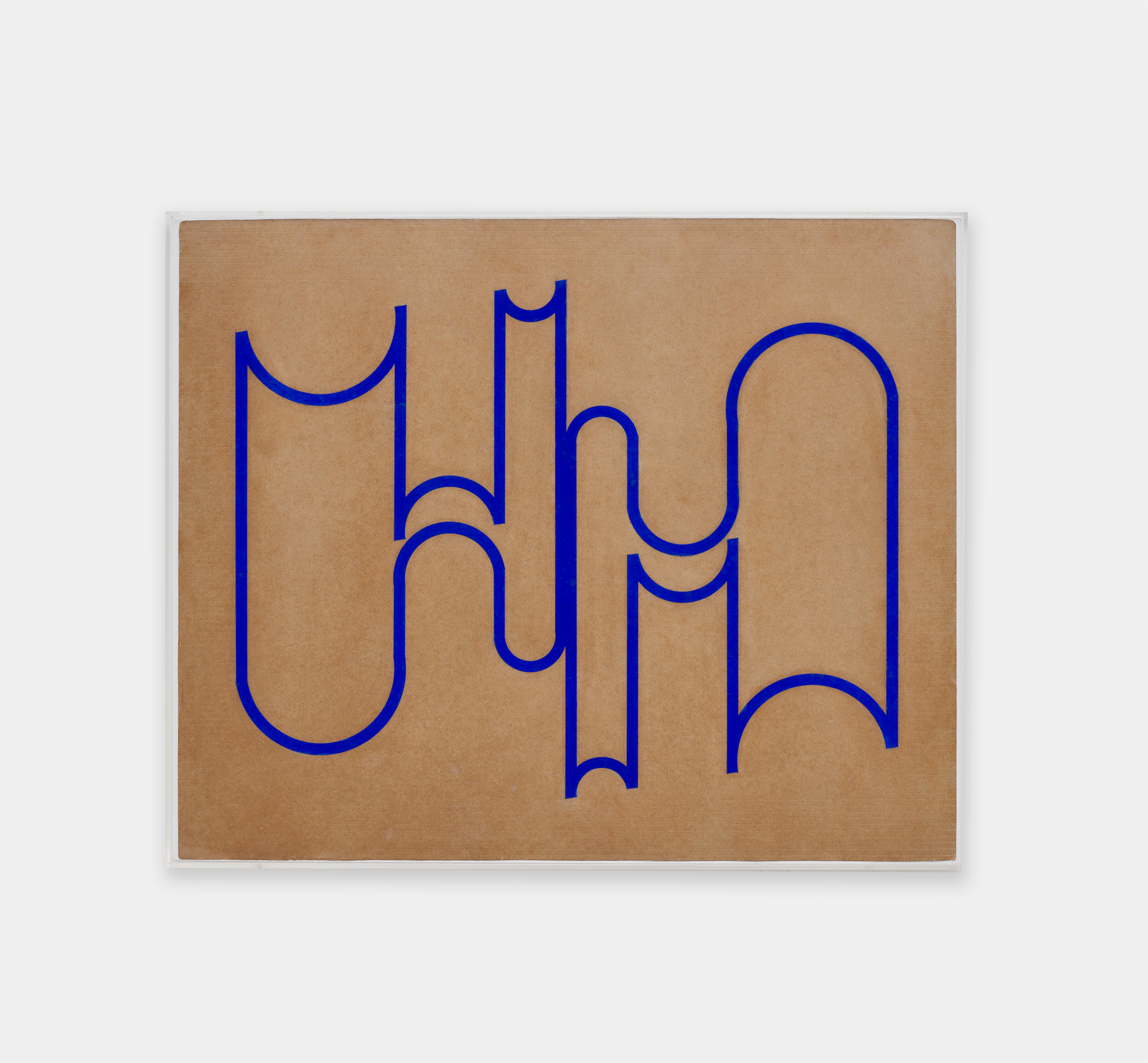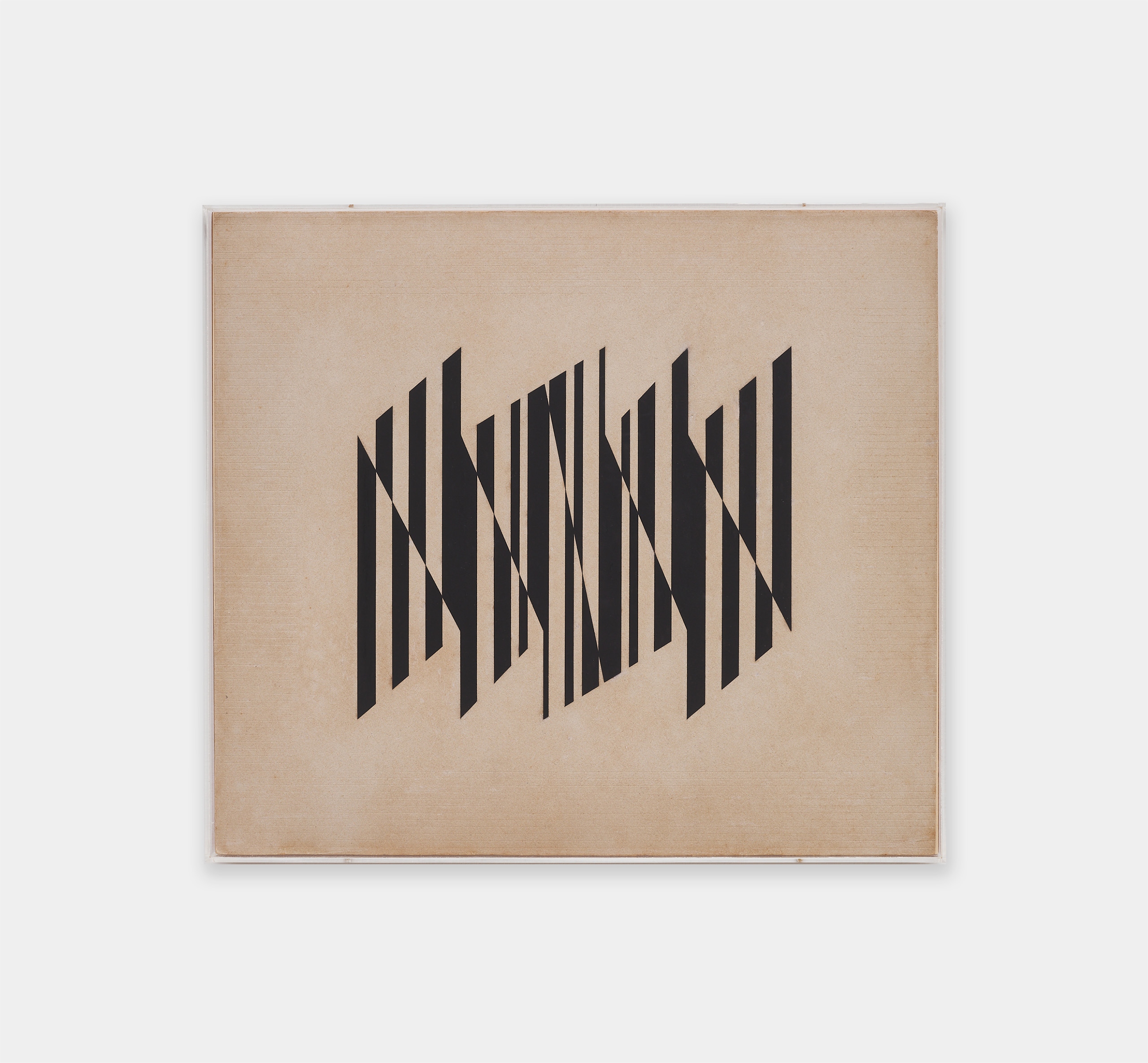Hélio Oiticica
Hélio Oiticica's work is marked by intense experimentation over three decades of production, accompanied by numerous texts and theoretical elaborations authored by him. The artist was part of the Grupo Frente and the Neoconcrete group, being one of the pillars of this Rio de Janeiro-based movement.
One of his main contributions to the history of Brazilian and world art lies in the process of spatializing color: when his painting gradually begins to leap off the canvas and develop in real space, escaping the frame (both physical and metaphorical) and the two-dimensional nature.
Sua obra caracteriza-se ainda pela incorporação de outros estímulos sensoriais, para além do visual, como o tato, apelando para a participação do público, que deixa de ser espectador para se tornar ativador e, em alguns casos, parte da obra. É o que ocorre quando Oiticica desenvolve seus Parangolés, série de trabalhos a serem vestidos e ativados por meio da dança – mais especificamente, do samba. Tal experiência se deve a um emblemático momento de virada na trajetória do artista, quando passa a colaborar com a escola de samba Estação Primeira de Mangueira e a conviver com a comunidade.
It is at this moment that the critic Mário Pedrosa pioneers the term "postmodern art" to refer to Oiticica's work, whose vocation, in his words, is towards anti-art, towards impurity. Pedrosa wrote in 1966: "It was during the initiation into samba that the artist moved from the visual experience, in its purity, to an experience of touch, movement, and the sensory enjoyment of materials, in which the entire body, previously confined to the distant aristocracy of the visual, enters as the total source of sensibility."








